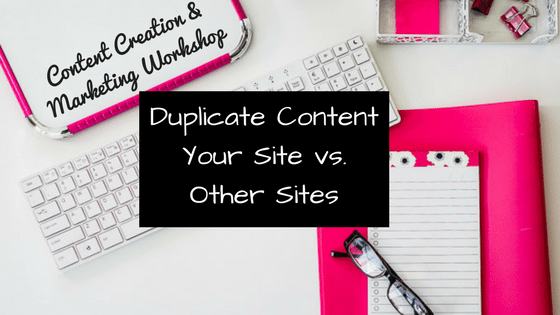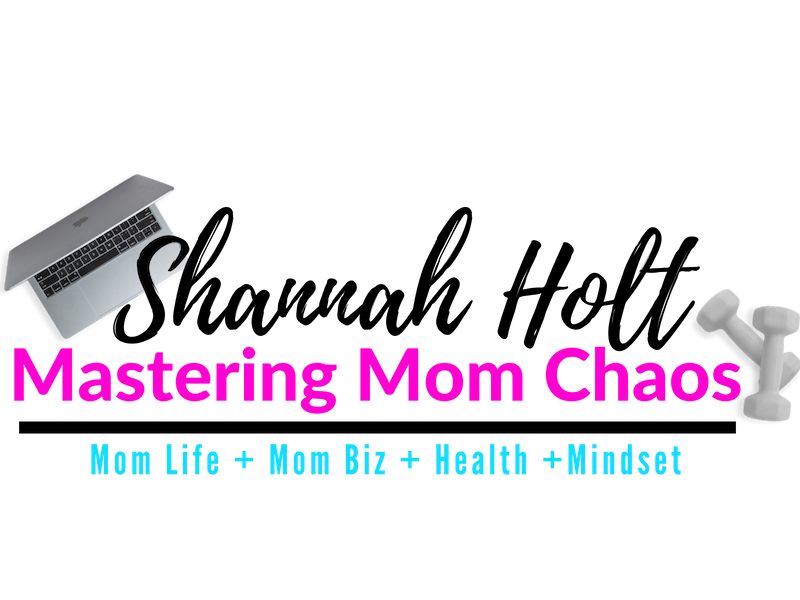Duplicate Content Your Website vs. Other Sites

Some of the links in my blogs may be affiliate links. See my disclaimer page for more information.
When you start creating content you probably wonder where the content should go. Most of the time the content should be on your site but sometimes you’re going to want to put content on other sites too. Putting duplicate content on other sites will help you become more well-known, build your audience larger, and help establish authority in your niche.
Let’s define a couple terms quickly.
Search Engine Optimization – SEO is the process by which you optimize the content you publish to ensure the most targeted website visitors and traffic are going to your offers.
There are two types of SEO, on page SEO and off page SEO.
On Page SEO –
Anything you do on your website or blog to improve search engine results. That includes all the content you put on your site including blog posts, articles, images, keywords, titles, subheadings, and more. If it’s an adjustment to your property (your website) that is designed to get more visitors then it’s on page SEO.
Off Page SEO –
Anything you do to improve the content in all its forms on third party websites including social media is considered off-page SEO. For example, if you improve your Facebook profile so that it better describes you and links you back to your website it’s off page SEO. Likewise publishing your website on other sites is considered off-page SEO.

Both types of SEO are important to ensure that you maximize the traffic that comes to your site, spread brand awareness, and build relationships with your audience. There are a few different thoughts about how to do this most productively.
One school states that you should publish everything on your website first. Then either link back to it or rework it for other sites. The other says that it’s okay to push out content to other sites once you’ve published it on your website as is, otherwise called content syndication. The truth is both ways work. The idea of duplicate content has frightened people away from repurposing content, using PLR to its full potential, and getting the most out of all your content in general.

But of course, there is a right way to duplicate content so be careful.
Ensure that if you let any publication republish your content that they use the right source code to tell Google that your site deserves all the credit for the content and not to index their version of the article.
If you re-write / re-work the content you don’t need to do this step but if you want to avoid that work that’s really all you do to ensure that you do not suffer a duplicate content penalty. Yoast has a great article explaining what a canonical URL is and how it works. You can check that out here: Canonical URL

Your focus should always be on putting content on your own property first. But, publishing content on other platforms helps with SEO too as it can help establish you as an authority. Whether it’s publishing on Facebook, LinkedIn, guest blogging for someone, using a platform like Medium.com, or syndicating your content via a syndication system like Outbrain.com it’s important to study and understand the effects on duplicate content on searches.
Publishing content off of your site onto other platforms can help with SEO by providing links back to your site while tapping into an entirely new audience but make sure that you understand the ramifications of how you’re doing it before you get started.
I always bring my Business blogs live to my Facebook community group first in addition to offering a space to collaborate, empower, support, and balance building a business in the cracks of time in mom life. You are welcome to join here: Moms Mastering Business Community
Did you miss the other blogs in this workshop series? Check them out here:
Day 0: What is Content Marketing
Day 1: 6 Reasons a Content Strategy is Important for Your Business
Day 2: Why You Need A Content Marketing Plan
Day 3: Who Is Your Target Market?
Day 4 Where Is Your Target Audience?








